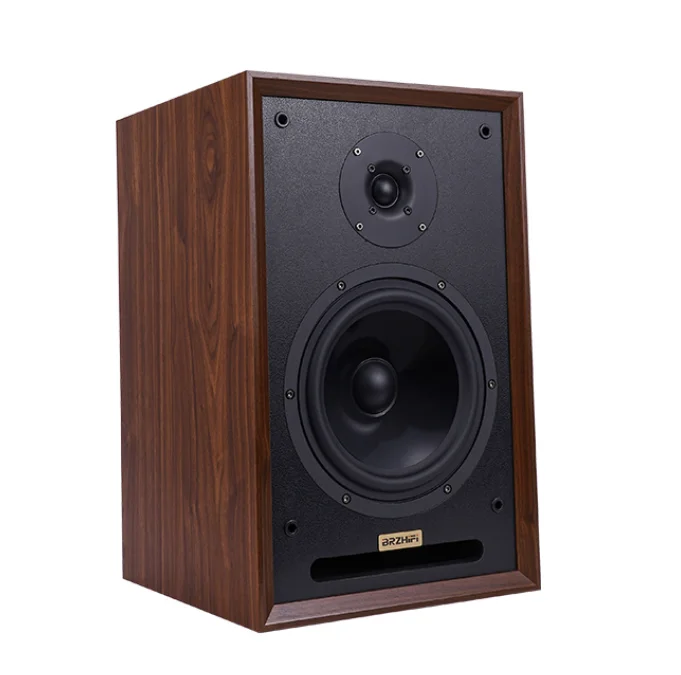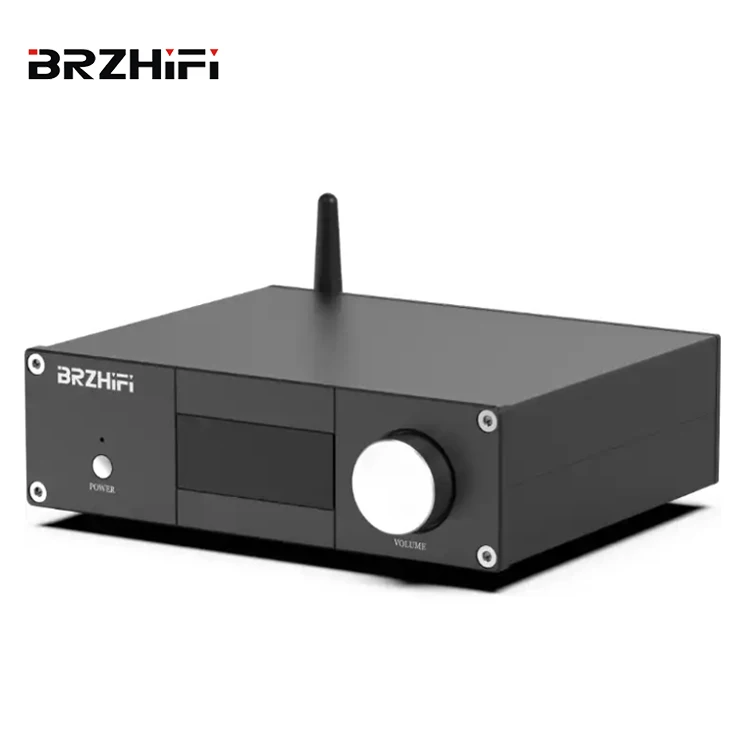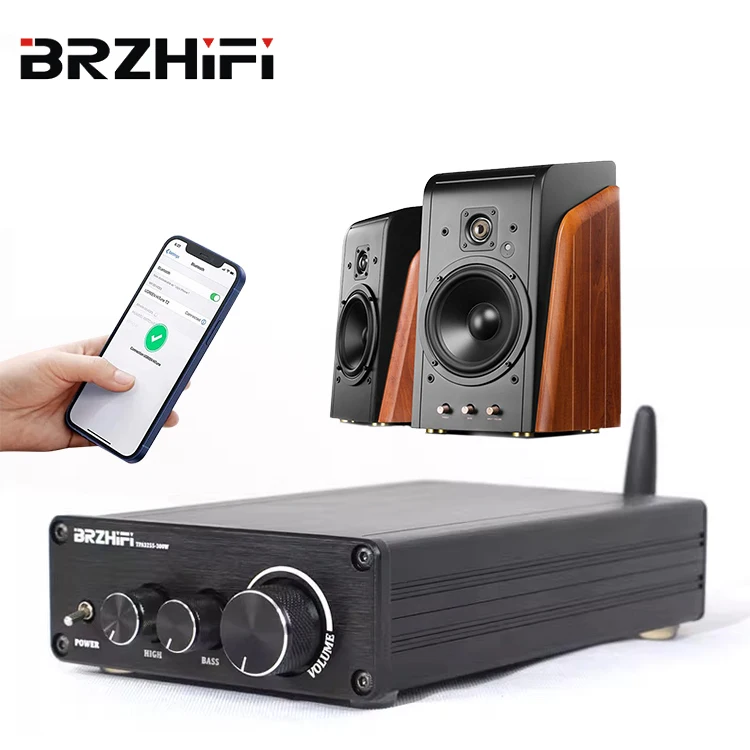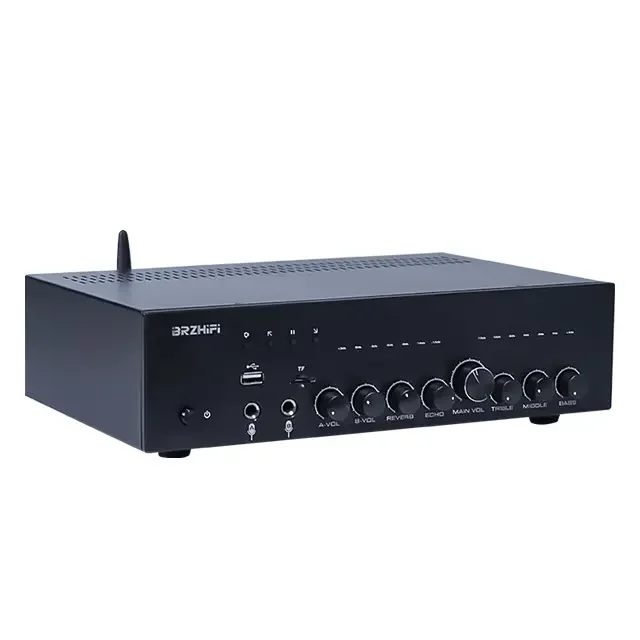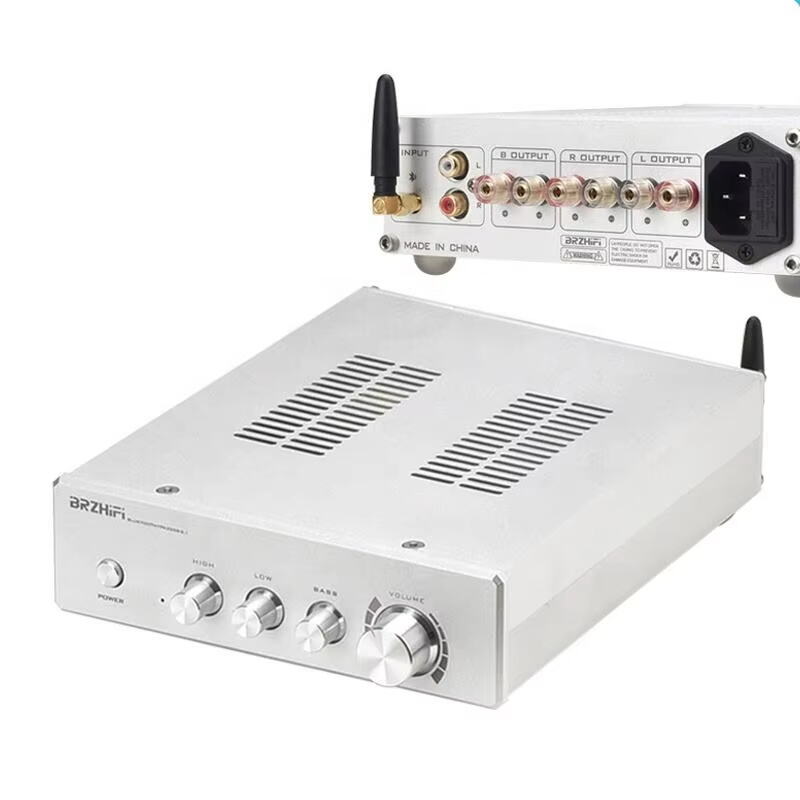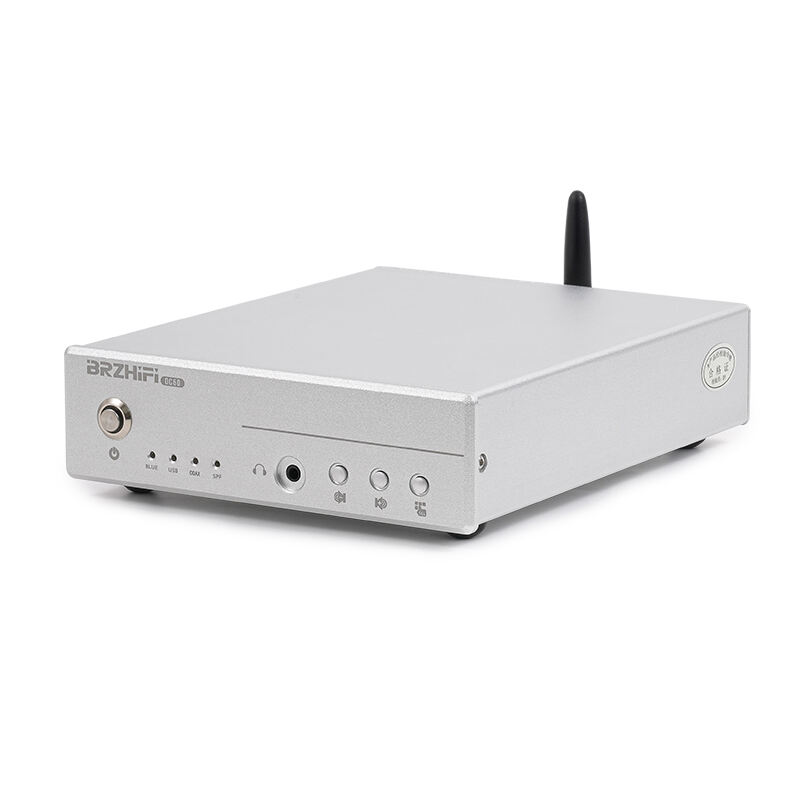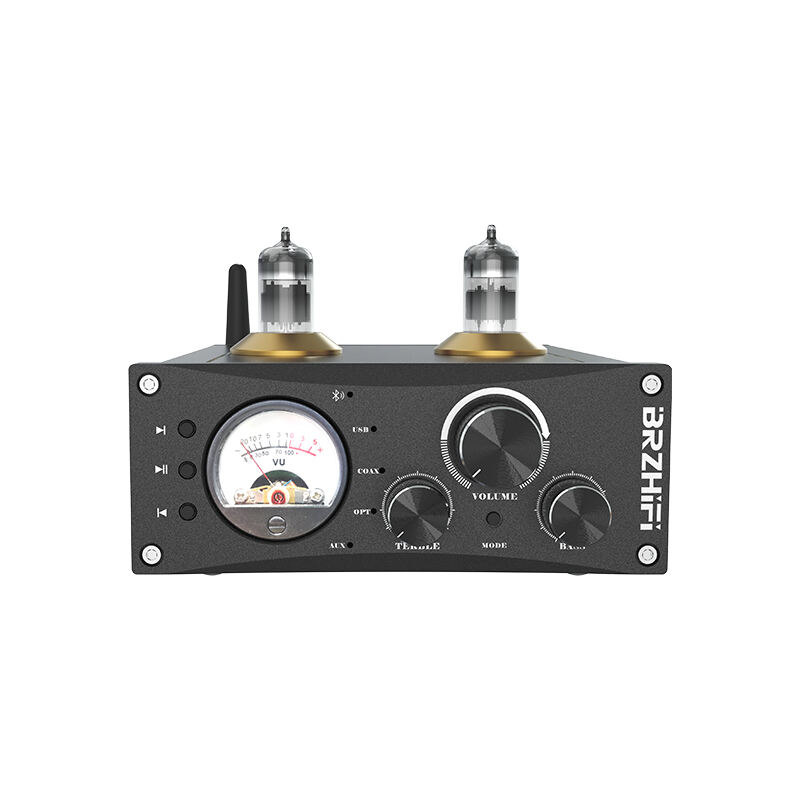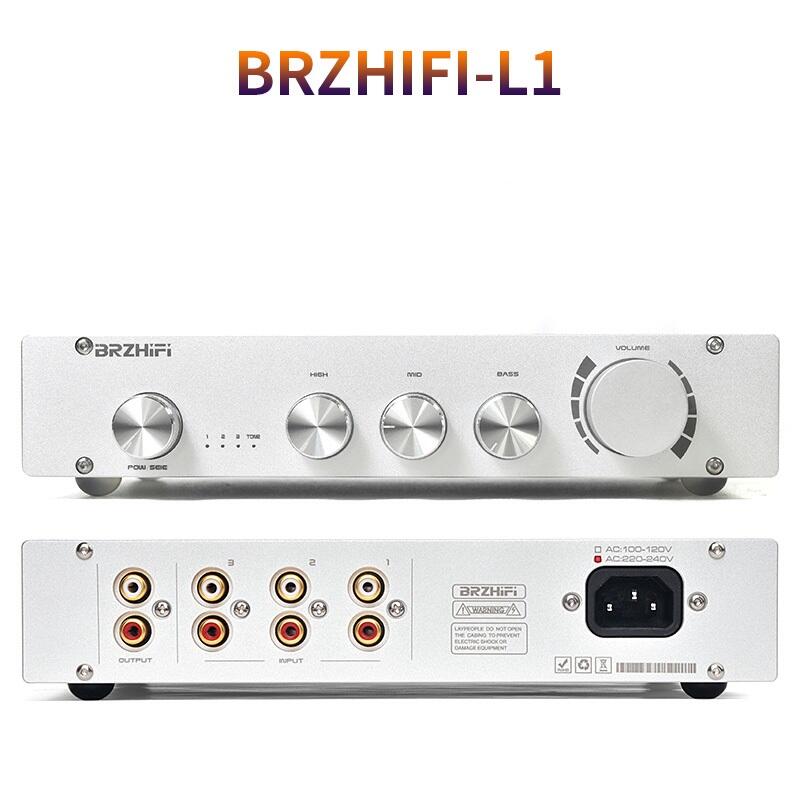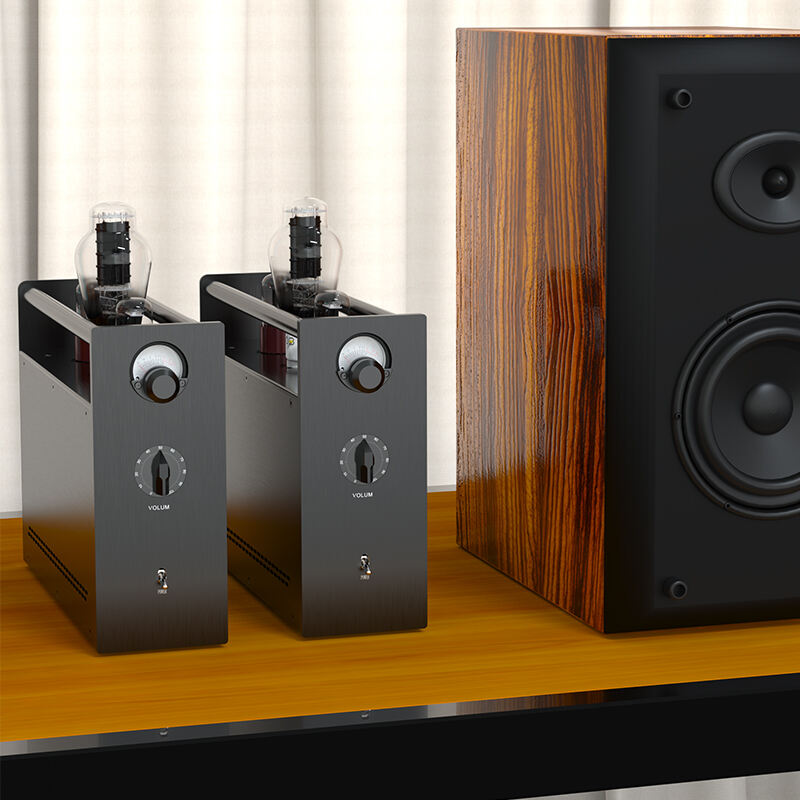diy amplifier class a
A DIY Class A amplifier represents the pinnacle of audio amplification technology, offering audiophiles the opportunity to build their own high-fidelity sound system. This type of amplifier operates with the output devices conducting for the entire signal cycle, ensuring exceptional linearity and minimal distortion. The construction process typically involves selecting premium components, including high-grade capacitors, resistors, and transformers, all working in harmony to produce pure, uncolored sound. Class A amplifiers are renowned for their ability to handle complex audio signals with remarkable accuracy, maintaining signal integrity throughout the entire amplification process. The DIY approach allows enthusiasts to carefully select each component, optimize the circuit layout, and fine-tune the performance to their exact specifications. These amplifiers typically feature robust power supplies, extensive heat sinking capabilities, and carefully matched output devices. While they may be less efficient in terms of power consumption compared to other amplifier classes, they compensate with superior sound quality, particularly in the reproduction of subtle musical details and spatial information. The construction process also provides valuable insights into analog electronics and audio engineering principles.

